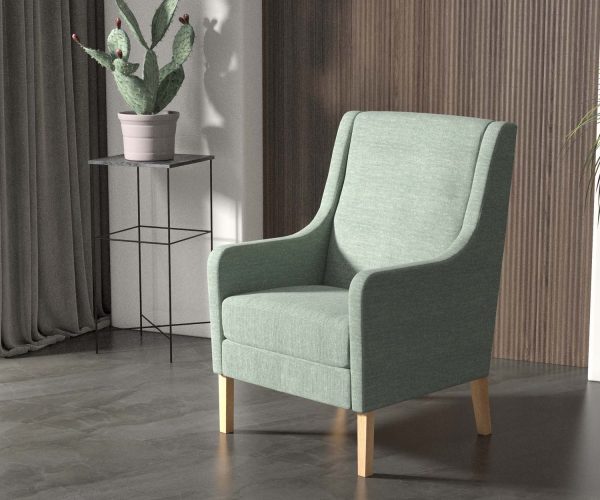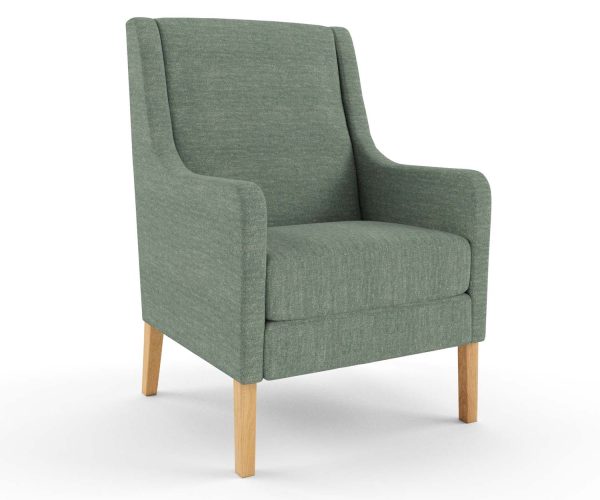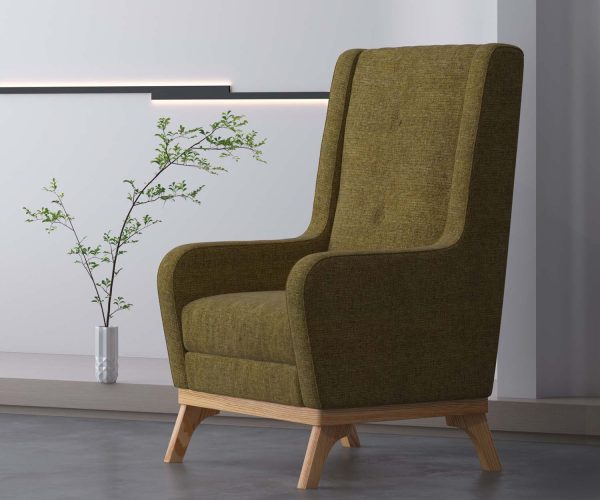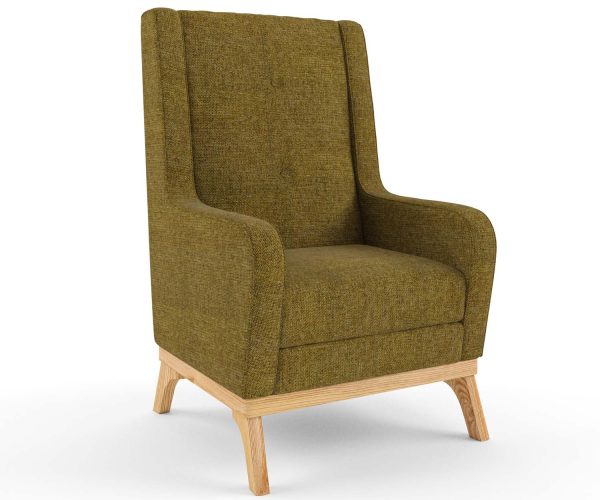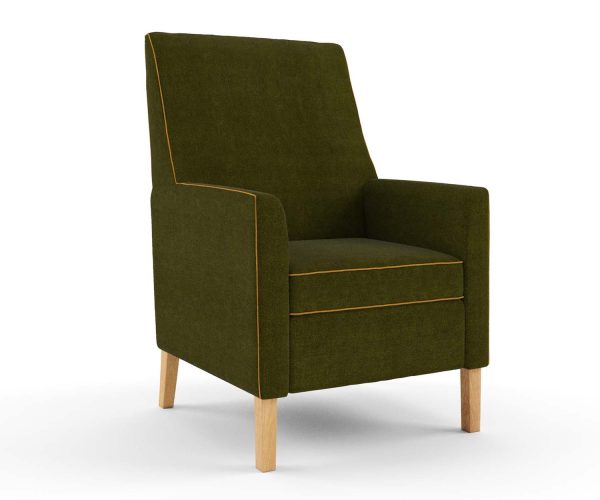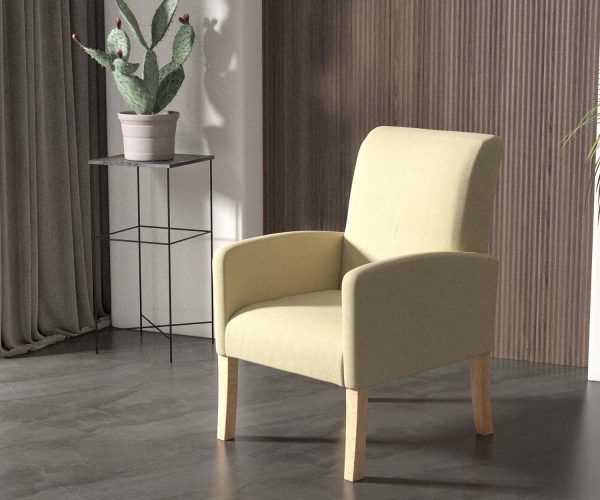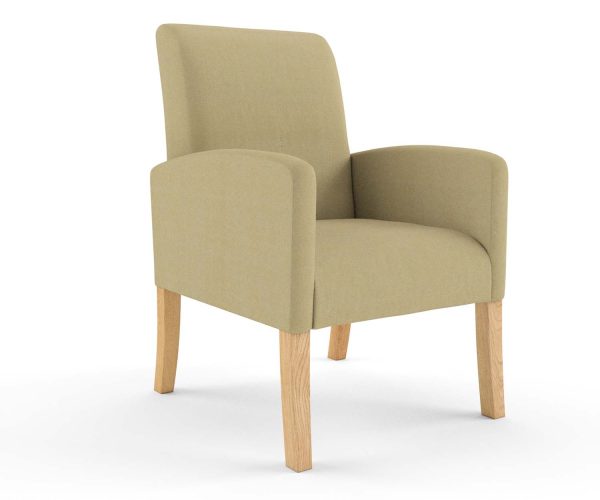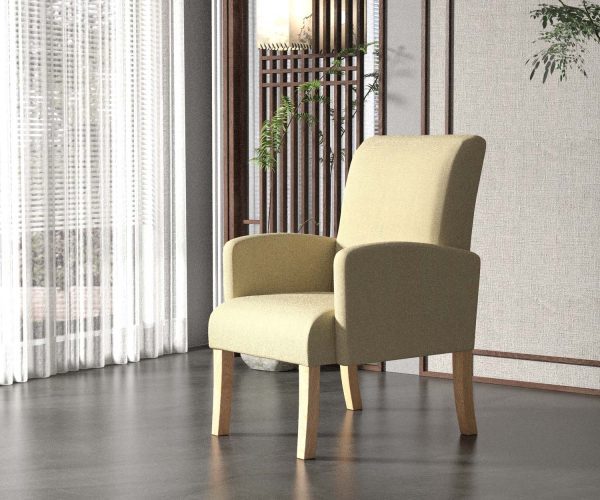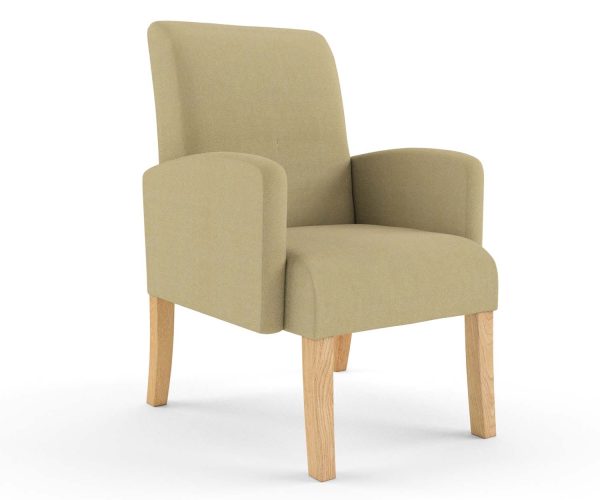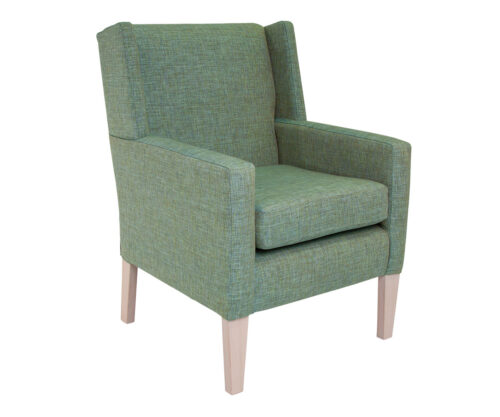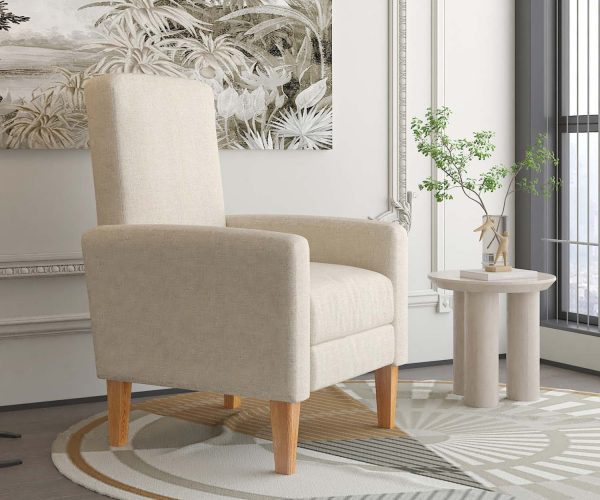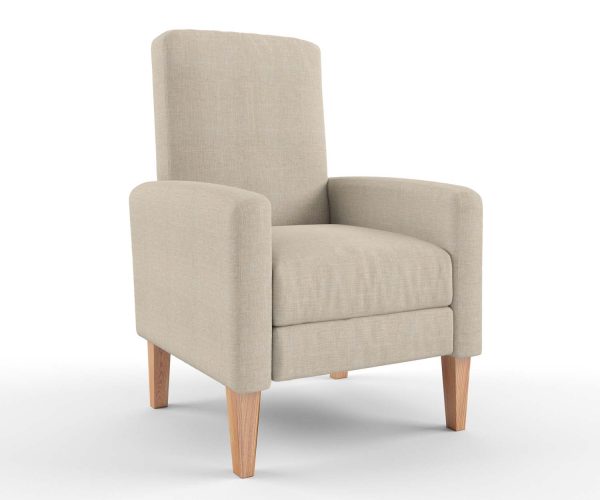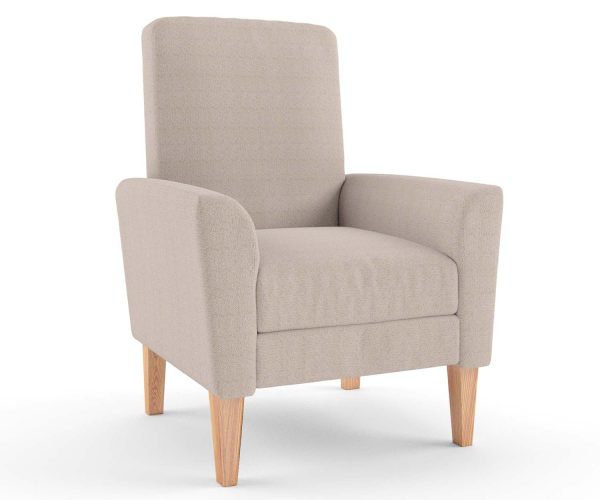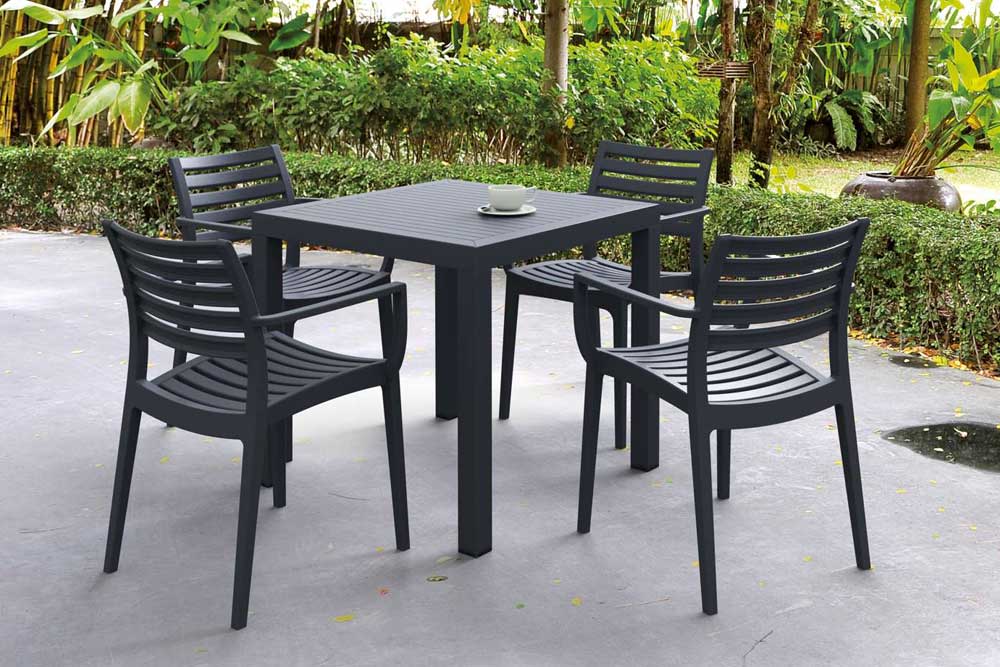Aged Care Facility Design: 10 Essential Features Elderly People Seek
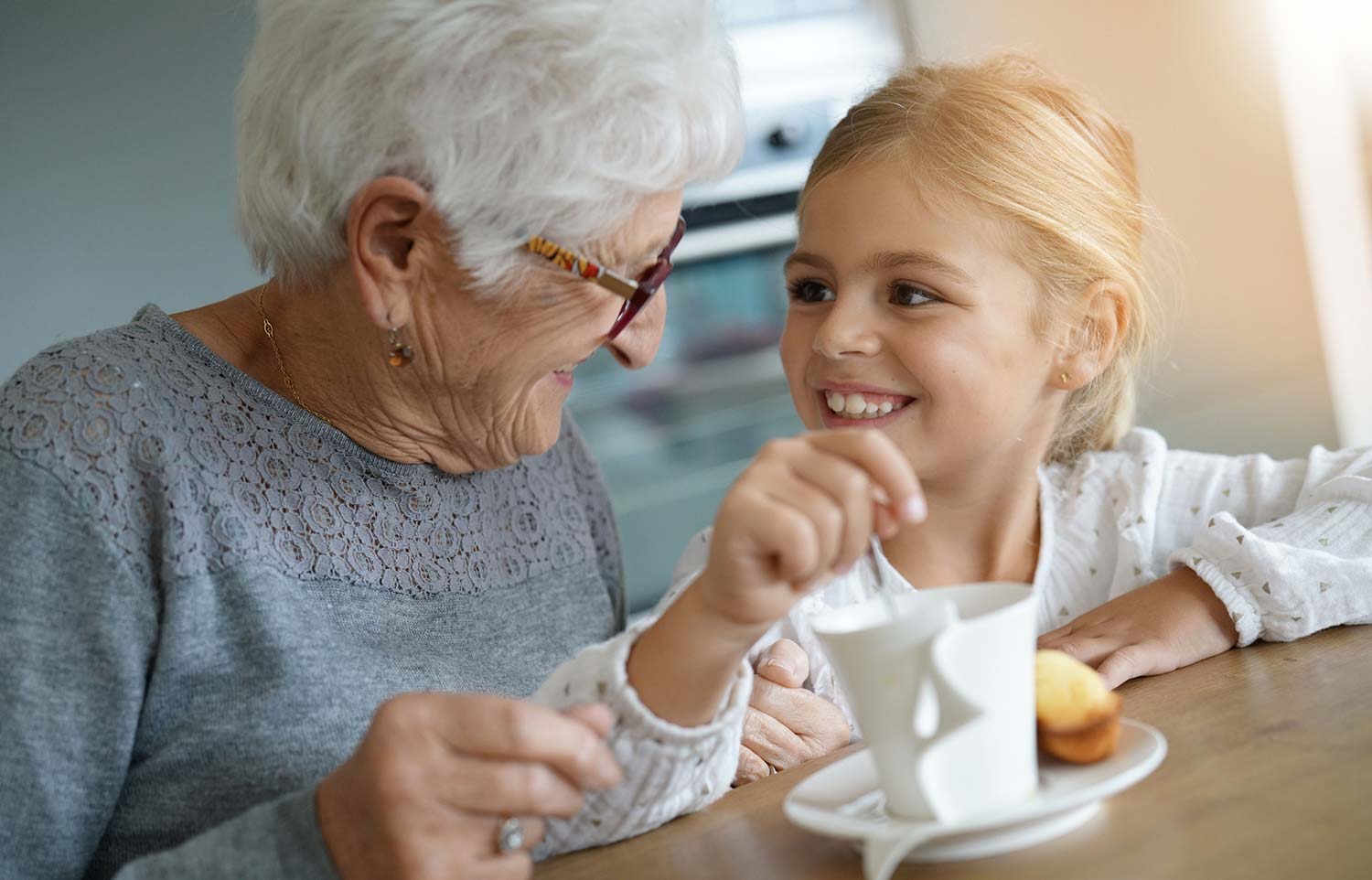
Welcome to the world of aged care facility design, where every detail matters when it comes to providing a nurturing and comfortable aged care service environment for elderly Australians. As the population continues to age, the demand for well-designed aged care facilities has never been higher.
In this article, we will explore the 10 essential features that elderly people seek in these facilities. From spacious and accessible living spaces to soothing and inviting communal areas, each element plays a crucial role in promoting independence, safety, and a sense of belonging. We will delve into the importance of natural lighting, ergonomic furniture, and calming color schemes that create a peaceful ambiance.
This guide aims to inspire architects, designers, and aged care providers to create spaces that enhance the quality of life for our aging population. So, let’s dive in and discover how thoughtful design can make a significant difference in the lives of our seniors.
Importance of designing aged care facilities with elderly people in mind
Designing aged care facilities requires a deep understanding of the unique needs and preferences of elderly individuals. It is crucial to create an environment that promotes independence, comfort, and a sense of belonging. Elderly people often face physical challenges and may require assistance with daily tasks, making it essential to design spaces that are accessible and functional. Furthermore, the emotional well-being of residents should be prioritized, with an emphasis on creating spaces that foster social interaction and connection. By considering the specific needs of elderly individuals during the design process, we can create environments that enhance their quality of life and promote overall well-being.
Creating an age-appropriate design involves careful consideration of various factors, including safety, accessibility, comfort, and aesthetics. The following essential features address these considerations and provide a roadmap for designing aged care facilities that meet the needs of elderly people.
1: Comfortable and accessible living spaces
When designing aged care facilities, it is crucial to prioritize the comfort of residents. Elderly individuals spend a significant amount of time in their living spaces, so it is essential to create environments that are comfortable and conducive to relaxation. This includes providing ergonomic aged care furniture that supports good posture and reduces the risk of musculoskeletal issues. Additionally, ample storage space should be incorporated to ensure that personal belongings can be easily accessed and organized.
Accessibility is another critical aspect to consider when designing living spaces for the elderly. Ensuring that doorways, corridors, and bathrooms are wide enough to accommodate mobility aids such as wheelchairs or walkers is essential. Installing grab bars in bathrooms and showers can also enhance safety and provide additional support for residents with limited mobility.
By prioritizing comfort and accessibility, we can create living spaces that promote independence and improve the overall well-being of elderly residents.
2: Safety and security measures
Safety is of paramount importance in aged care facilities. Elderly individuals may have reduced mobility, making them more susceptible to accidents and injuries. Therefore, it is crucial to implement safety measures throughout the facility. This includes installing handrails and non-slip flooring in high-risk areas, such as bathrooms and corridors. Adequate lighting should be provided to ensure good visibility, both indoors and outdoors.
In addition to physical safety, it is essential to consider security measures to protect residents from potential dangers. This may include installing security systems, such as CCTV cameras and access control systems, to monitor and regulate entry into the facility.
By prioritizing safety and security, we can create an environment that allows elderly residents to feel safe and protected.
3: Well-designed communal areas for social interaction
Social interaction plays a vital role in the well-being of elderly individuals. Therefore, it is essential to design communal areas that encourage socialization and foster a sense of community. These areas should be inviting, comfortable, and conducive to conversation and activities. Consideration should be given to the arrangement of furniture to facilitate interaction and create a welcoming atmosphere.
Incorporating elements such as reading corners, game tables, and comfortable seating areas can encourage residents to engage in social activities. Additionally, creating spaces for group activities, such as exercise classes or hobby clubs, can further promote social interaction and a sense of belonging. By designing well-thought-out communal areas, we can enhance the social well-being of elderly residents and combat feelings of isolation and loneliness.
4: Consideration for mobility and accessibility
Mobility and accessibility are crucial considerations when designing aged care facilities. Elderly individuals may have varying degrees of mobility, ranging from independent ambulation to reliance on mobility aids. Therefore, it is essential to create spaces that cater to these diverse needs.
Widening doorways, installing ramps, and providing elevators where necessary can ensure that residents can navigate the facility with ease. Additionally, incorporating handrails and non-slip flooring in high-traffic areas can further enhance safety and accessibility. By considering mobility and accessibility in the design process, we can create environments that promote independence and allow residents to move around with confidence.
5: Adequate natural lighting and ventilation
Natural lighting and ventilation are crucial elements in aged care facility design. Exposure to natural light has numerous benefits for elderly individuals, including improved mood, better sleep quality, and enhanced overall well-being. Therefore, it is essential to maximize natural light throughout the facility.
Large windows, skylights, and light wells can bring in natural light, creating a bright and inviting atmosphere. Additionally, incorporating outdoor spaces, such as courtyards or gardens, allows residents to enjoy the benefits of fresh air and nature. Adequate ventilation should also be prioritized to ensure a comfortable and healthy living environment. By harnessing the power of natural light and ventilation, we can create spaces that promote the physical and emotional well-being of elderly residents.
6: Incorporating nature and outdoor spaces
Connecting with nature has been shown to have numerous benefits for individuals of all ages, and this is particularly true for the elderly. Therefore, it is essential to incorporate nature into aged care facility design. This can be achieved through the use of indoor plants, vertical gardens, or an outdoor garden area.
Outdoor spaces should be designed to be accessible and inviting, with comfortable seating areas and walking paths. Creating opportunities for residents to engage in gardening activities or simply enjoy the beauty of nature can have a positive impact on their mental and emotional well-being. By bringing nature into aged care facilities, we can create environments that promote relaxation, tranquility, and a connection with the natural world.
7: Personalization and homely atmosphere
Creating a sense of home is essential in aged care facility design. Many elderly individuals have spent a significant portion of their lives in their own homes, surrounded by their personal belongings. Therefore, it is important to create spaces that allow residents to personalize their living areas and create a sense of familiarity.
Providing residents with the opportunity to bring cherished belongings, such as photographs or small pieces of furniture, can help create a homely atmosphere. Additionally, incorporating communal spaces that resemble familiar environments, such as a cozy living room or a well-stocked library, can further enhance the sense of home. By prioritizing personalization and creating a homely atmosphere, we can help residents feel more comfortable and at ease in their new living environment.
8: Family involvement and visitation policies
Elderly individuals greatly value the ability to maintain connections with their families and loved ones. They appreciate facilities that have flexible visitation policies, create welcoming spaces for family visits, and facilitate regular communication between residents and their families.
9: Clear communication and transparency
Effective communication is essential for elderly individuals. They expect aged care facilities to maintain transparent and open communication channels, ensuring that they are informed about their care plans, any changes in policies or procedures, and involving them in decisions related to their care.
10: Nutritious and appetizing meals
Aged care facilities should provide nutritious, well-balanced meals that cater to individual dietary requirements and preferences. Elderly individuals appreciate a variety of menu choices, tasty food options, and the ability to accommodate any specific dietary restrictions or cultural preferences.
Designing aged care facilities for the well-being of elderly residents
Designing aged care facilities requires careful consideration of the unique needs and preferences of elderly individuals. By incorporating essential features such as comfortable living spaces, safety measures, well-designed communal areas, and accessibility considerations, we can create environments that promote independence, safety, and well-being. Adequate natural lighting, the incorporation of nature, and the creation of a homely atmosphere further enhance the quality of life for elderly residents. By prioritizing both functionality and aesthetics, architects, designers, and aged care providers can create spaces that truly enhance the lives of our aging population.
FAQs About Aged Care Facility Design
What is the significance of well-designed aged care facilities?
Well-designed aged care facilities are essential for creating environments that support the physical, emotional, and social well-being of elderly residents.
How does the layout of an aged care facility impact the daily lives of residents?
The layout influences residents’ ease of movement, accessibility to amenities, and opportunities for social interaction, contributing to their overall quality of life.
What considerations should be made in terms of safety when designing an aged care facility?
Safety considerations include slip-resistant flooring, appropriate lighting, handrails, and accessible pathways to minimize the risk of accidents and ensure the well-being of residents.
How can the design of communal spaces contribute to a sense of community among residents?
Thoughtfully designed communal spaces, incorporating comfortable seating, social areas, and engaging activities, foster a sense of community and encourage social interaction among residents.
Are there specific guidelines for creating dementia-friendly designs in aged care facilities?
Yes, dementia-friendly designs involve minimizing confusing elements, using clear signage, creating familiar and comfortable spaces, and incorporating sensory cues to support residents with cognitive impairments.
What role does natural lighting play in aged care facility design?
Natural lighting contributes to a positive living environment by enhancing visibility, improving mood, and regulating circadian rhythms, promoting overall well-being among residents.
How can technology be integrated into the design of aged care facilities to enhance resident care?
Technology integration may include smart monitoring systems, healthcare devices, and communication tools that improve efficiency, safety, and the overall quality of care provided to residents.
What considerations are important in designing individual living spaces for aged care residents?
Individual living spaces should prioritize comfort, personalization, and accessibility, taking into account the unique needs and preferences of each resident.
How does outdoor space contribute to the overall design of an aged care facility?
Outdoor spaces provide opportunities for residents to connect with nature, engage in outdoor activities, and enjoy fresh air, promoting physical and mental well-being.
Can aged care facility design be adapted to accommodate changing healthcare needs and technology advancements?
Yes, flexible designs that consider future healthcare trends and incorporate adaptable spaces can ensure that aged care facilities remain relevant and responsive to evolving needs and technological advancements.
High Back Armchairs are a Popular Choice in Aged Care
High back armchairs provide ample support to the neck, back, and shoulders, promoting proper posture and reducing the risk of musculoskeletal discomfort.
More News
Aged Care Facility Design: 10 Essential Features Elderly People Seek

Welcome to the world of aged care facility design, where every detail matters when it comes to providing a nurturing and comfortable aged care service environment for elderly Australians. As the population continues to age, the demand for well-designed aged care facilities has never been higher.
In this article, we will explore the 10 essential features that elderly people seek in these facilities. From spacious and accessible living spaces to soothing and inviting communal areas, each element plays a crucial role in promoting independence, safety, and a sense of belonging. We will delve into the importance of natural lighting, ergonomic furniture, and calming color schemes that create a peaceful ambiance.
This guide aims to inspire architects, designers, and aged care providers to create spaces that enhance the quality of life for our aging population. So, let’s dive in and discover how thoughtful design can make a significant difference in the lives of our seniors.
Importance of designing aged care facilities with elderly people in mind
Designing aged care facilities requires a deep understanding of the unique needs and preferences of elderly individuals. It is crucial to create an environment that promotes independence, comfort, and a sense of belonging. Elderly people often face physical challenges and may require assistance with daily tasks, making it essential to design spaces that are accessible and functional. Furthermore, the emotional well-being of residents should be prioritized, with an emphasis on creating spaces that foster social interaction and connection. By considering the specific needs of elderly individuals during the design process, we can create environments that enhance their quality of life and promote overall well-being.
Creating an age-appropriate design involves careful consideration of various factors, including safety, accessibility, comfort, and aesthetics. The following essential features address these considerations and provide a roadmap for designing aged care facilities that meet the needs of elderly people.
1: Comfortable and accessible living spaces
When designing aged care facilities, it is crucial to prioritize the comfort of residents. Elderly individuals spend a significant amount of time in their living spaces, so it is essential to create environments that are comfortable and conducive to relaxation. This includes providing ergonomic aged care furniture that supports good posture and reduces the risk of musculoskeletal issues. Additionally, ample storage space should be incorporated to ensure that personal belongings can be easily accessed and organized.
Accessibility is another critical aspect to consider when designing living spaces for the elderly. Ensuring that doorways, corridors, and bathrooms are wide enough to accommodate mobility aids such as wheelchairs or walkers is essential. Installing grab bars in bathrooms and showers can also enhance safety and provide additional support for residents with limited mobility.
By prioritizing comfort and accessibility, we can create living spaces that promote independence and improve the overall well-being of elderly residents.
2: Safety and security measures
Safety is of paramount importance in aged care facilities. Elderly individuals may have reduced mobility, making them more susceptible to accidents and injuries. Therefore, it is crucial to implement safety measures throughout the facility. This includes installing handrails and non-slip flooring in high-risk areas, such as bathrooms and corridors. Adequate lighting should be provided to ensure good visibility, both indoors and outdoors.
In addition to physical safety, it is essential to consider security measures to protect residents from potential dangers. This may include installing security systems, such as CCTV cameras and access control systems, to monitor and regulate entry into the facility.
By prioritizing safety and security, we can create an environment that allows elderly residents to feel safe and protected.
3: Well-designed communal areas for social interaction
Social interaction plays a vital role in the well-being of elderly individuals. Therefore, it is essential to design communal areas that encourage socialization and foster a sense of community. These areas should be inviting, comfortable, and conducive to conversation and activities. Consideration should be given to the arrangement of furniture to facilitate interaction and create a welcoming atmosphere.
Incorporating elements such as reading corners, game tables, and comfortable seating areas can encourage residents to engage in social activities. Additionally, creating spaces for group activities, such as exercise classes or hobby clubs, can further promote social interaction and a sense of belonging. By designing well-thought-out communal areas, we can enhance the social well-being of elderly residents and combat feelings of isolation and loneliness.
4: Consideration for mobility and accessibility
Mobility and accessibility are crucial considerations when designing aged care facilities. Elderly individuals may have varying degrees of mobility, ranging from independent ambulation to reliance on mobility aids. Therefore, it is essential to create spaces that cater to these diverse needs.
Widening doorways, installing ramps, and providing elevators where necessary can ensure that residents can navigate the facility with ease. Additionally, incorporating handrails and non-slip flooring in high-traffic areas can further enhance safety and accessibility. By considering mobility and accessibility in the design process, we can create environments that promote independence and allow residents to move around with confidence.
5: Adequate natural lighting and ventilation
Natural lighting and ventilation are crucial elements in aged care facility design. Exposure to natural light has numerous benefits for elderly individuals, including improved mood, better sleep quality, and enhanced overall well-being. Therefore, it is essential to maximize natural light throughout the facility.
Large windows, skylights, and light wells can bring in natural light, creating a bright and inviting atmosphere. Additionally, incorporating outdoor spaces, such as courtyards or gardens, allows residents to enjoy the benefits of fresh air and nature. Adequate ventilation should also be prioritized to ensure a comfortable and healthy living environment. By harnessing the power of natural light and ventilation, we can create spaces that promote the physical and emotional well-being of elderly residents.
6: Incorporating nature and outdoor spaces
Connecting with nature has been shown to have numerous benefits for individuals of all ages, and this is particularly true for the elderly. Therefore, it is essential to incorporate nature into aged care facility design. This can be achieved through the use of indoor plants, vertical gardens, or an outdoor garden area.
Outdoor spaces should be designed to be accessible and inviting, with comfortable seating areas and walking paths. Creating opportunities for residents to engage in gardening activities or simply enjoy the beauty of nature can have a positive impact on their mental and emotional well-being. By bringing nature into aged care facilities, we can create environments that promote relaxation, tranquility, and a connection with the natural world.
7: Personalization and homely atmosphere
Creating a sense of home is essential in aged care facility design. Many elderly individuals have spent a significant portion of their lives in their own homes, surrounded by their personal belongings. Therefore, it is important to create spaces that allow residents to personalize their living areas and create a sense of familiarity.
Providing residents with the opportunity to bring cherished belongings, such as photographs or small pieces of furniture, can help create a homely atmosphere. Additionally, incorporating communal spaces that resemble familiar environments, such as a cozy living room or a well-stocked library, can further enhance the sense of home. By prioritizing personalization and creating a homely atmosphere, we can help residents feel more comfortable and at ease in their new living environment.
8: Family involvement and visitation policies
Elderly individuals greatly value the ability to maintain connections with their families and loved ones. They appreciate facilities that have flexible visitation policies, create welcoming spaces for family visits, and facilitate regular communication between residents and their families.
9: Clear communication and transparency
Effective communication is essential for elderly individuals. They expect aged care facilities to maintain transparent and open communication channels, ensuring that they are informed about their care plans, any changes in policies or procedures, and involving them in decisions related to their care.
10: Nutritious and appetizing meals
Aged care facilities should provide nutritious, well-balanced meals that cater to individual dietary requirements and preferences. Elderly individuals appreciate a variety of menu choices, tasty food options, and the ability to accommodate any specific dietary restrictions or cultural preferences.
Designing aged care facilities for the well-being of elderly residents
Designing aged care facilities requires careful consideration of the unique needs and preferences of elderly individuals. By incorporating essential features such as comfortable living spaces, safety measures, well-designed communal areas, and accessibility considerations, we can create environments that promote independence, safety, and well-being. Adequate natural lighting, the incorporation of nature, and the creation of a homely atmosphere further enhance the quality of life for elderly residents. By prioritizing both functionality and aesthetics, architects, designers, and aged care providers can create spaces that truly enhance the lives of our aging population.
FAQs About Aged Care Facility Design
What is the significance of well-designed aged care facilities?
Well-designed aged care facilities are essential for creating environments that support the physical, emotional, and social well-being of elderly residents.
How does the layout of an aged care facility impact the daily lives of residents?
The layout influences residents’ ease of movement, accessibility to amenities, and opportunities for social interaction, contributing to their overall quality of life.
What considerations should be made in terms of safety when designing an aged care facility?
Safety considerations include slip-resistant flooring, appropriate lighting, handrails, and accessible pathways to minimize the risk of accidents and ensure the well-being of residents.
How can the design of communal spaces contribute to a sense of community among residents?
Thoughtfully designed communal spaces, incorporating comfortable seating, social areas, and engaging activities, foster a sense of community and encourage social interaction among residents.
Are there specific guidelines for creating dementia-friendly designs in aged care facilities?
Yes, dementia-friendly designs involve minimizing confusing elements, using clear signage, creating familiar and comfortable spaces, and incorporating sensory cues to support residents with cognitive impairments.
What role does natural lighting play in aged care facility design?
Natural lighting contributes to a positive living environment by enhancing visibility, improving mood, and regulating circadian rhythms, promoting overall well-being among residents.
How can technology be integrated into the design of aged care facilities to enhance resident care?
Technology integration may include smart monitoring systems, healthcare devices, and communication tools that improve efficiency, safety, and the overall quality of care provided to residents.
What considerations are important in designing individual living spaces for aged care residents?
Individual living spaces should prioritize comfort, personalization, and accessibility, taking into account the unique needs and preferences of each resident.
How does outdoor space contribute to the overall design of an aged care facility?
Outdoor spaces provide opportunities for residents to connect with nature, engage in outdoor activities, and enjoy fresh air, promoting physical and mental well-being.
Can aged care facility design be adapted to accommodate changing healthcare needs and technology advancements?
Yes, flexible designs that consider future healthcare trends and incorporate adaptable spaces can ensure that aged care facilities remain relevant and responsive to evolving needs and technological advancements.
High Back Armchairs are a Popular Choice in Aged Care
High back armchairs provide ample support to the neck, back, and shoulders, promoting proper posture and reducing the risk of musculoskeletal discomfort.
Commercial furniture by room
Based in Brisbane, we’re an Australian manufacturer of aged care furniture, retirement living furniture, hospital & healthcare furniture, hotel & accommodation furniture and student accommodation furniture. We also supply a range of commercial office furniture.
Discover the FHG Look Book: Your Source of Inspiration for Quality Australian-Made Commercial Furniture
- Quality Craftsmanship: See why we’ve been a trusted partner for over 25 years.
- Local Excellence: Learn how our Brisbane team ensures the highest standards.
- Inspiration and Ideas: Find innovative furniture solutions for any environment.
Don’t miss the opportunity to transform your commercial space with FHG’s expertly crafted furniture. Download the FHG Look Book today and start your journey towards exceptional design and quality.

